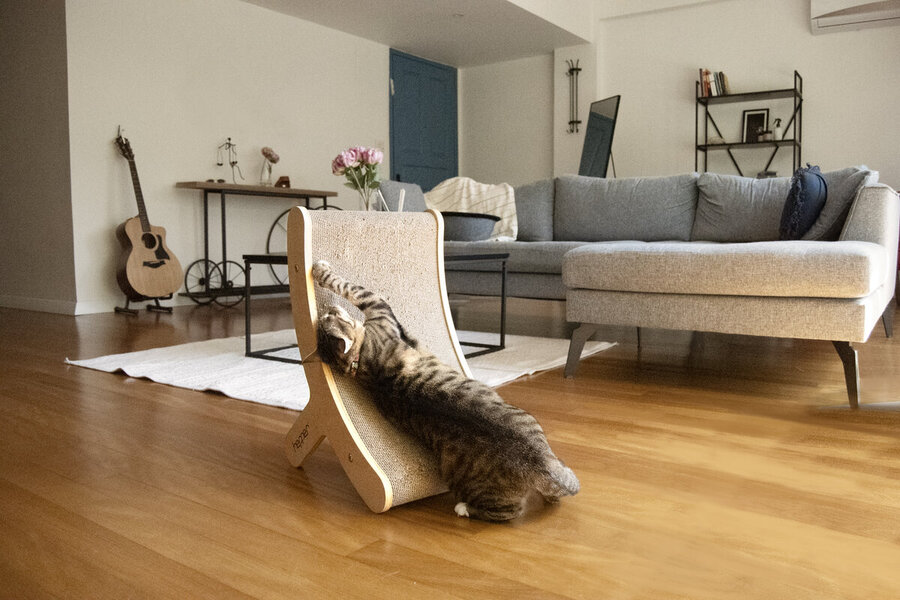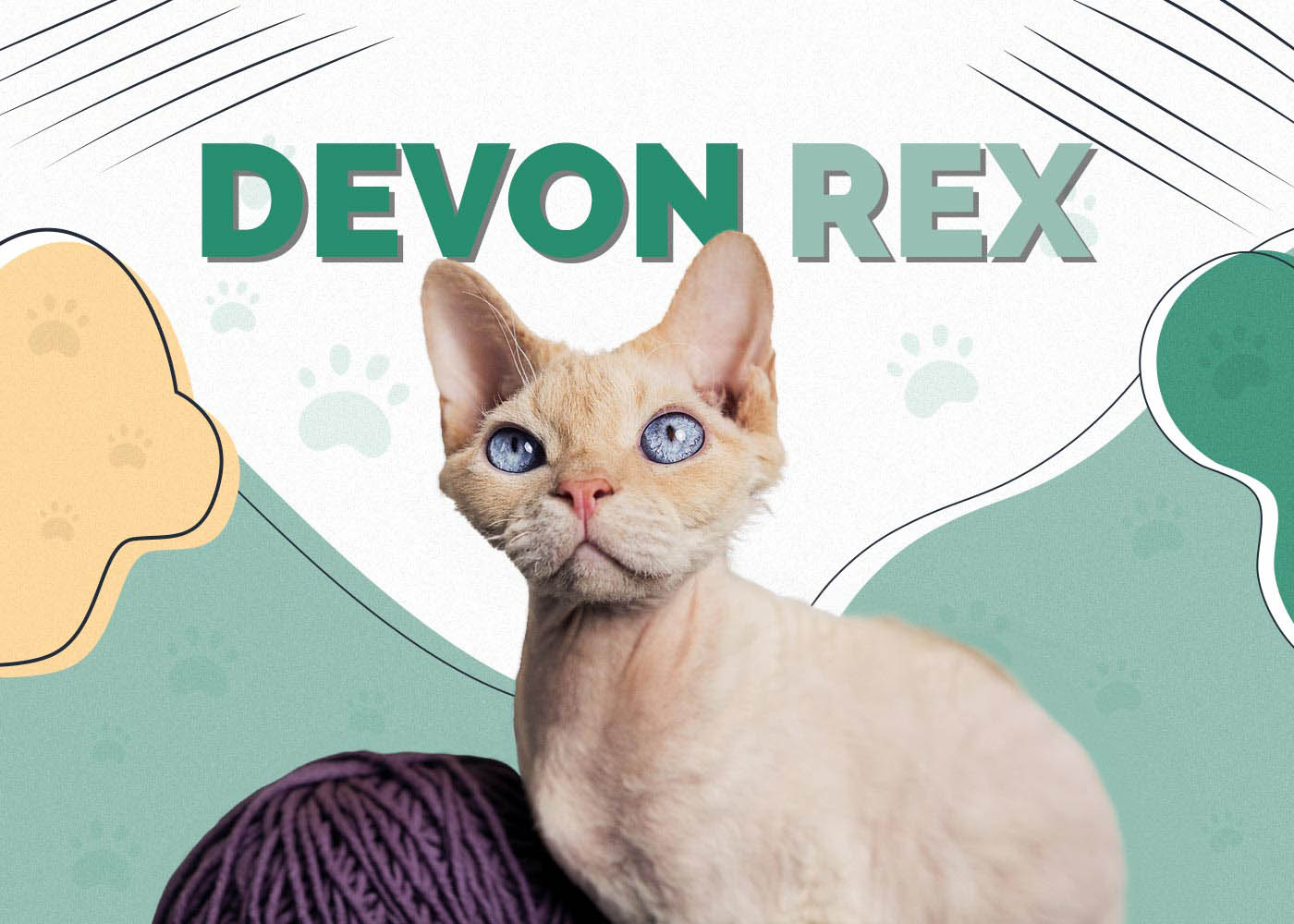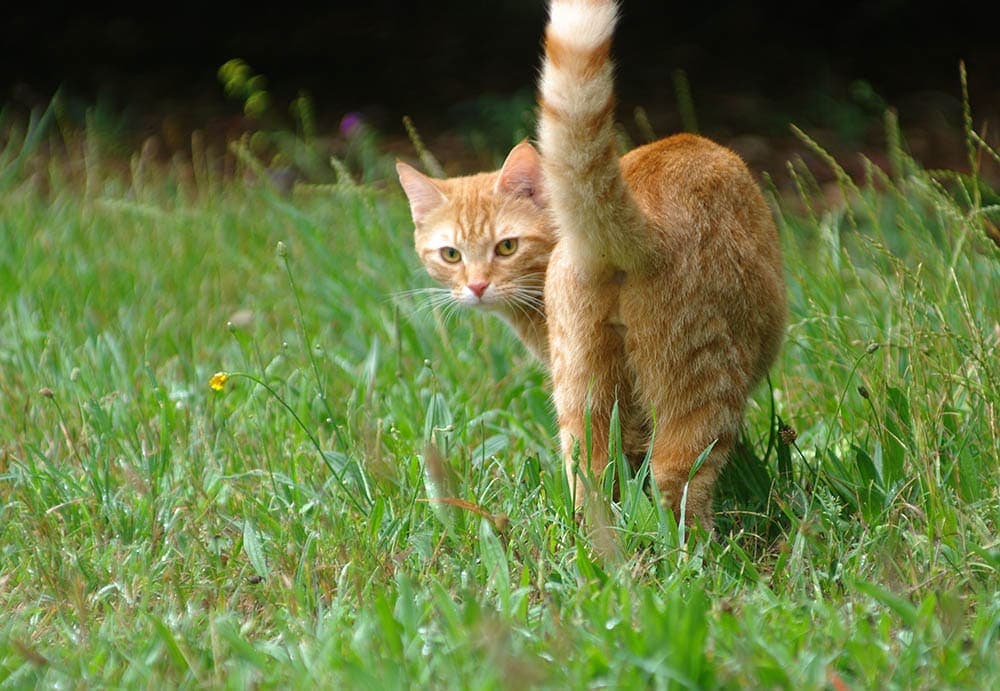Do Cats’ Claws Grow Back? Vet-Approved Facts & FAQ
By Lorre Luther
Updated on
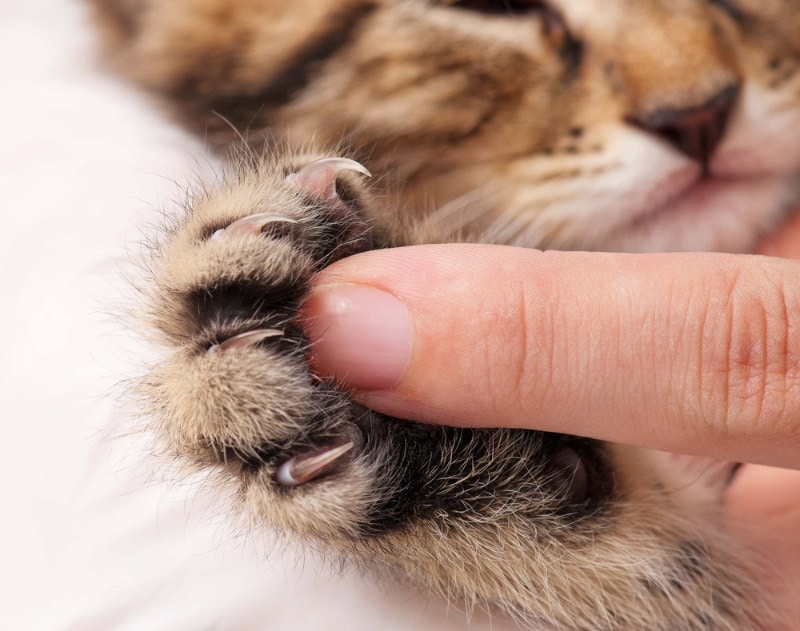
Click to Skip Ahead
Cats’ claws are constantly growing. They get worn down by walking on different ground types and by scratching. Without adequate scratching options, many indoor cats will need to have their nails clipped every few weeks to keep them at a healthy length. This is particularly important in older cats that may not use their scratch posts as often as they used to. Torn-out and broken claws will also regrow, depending on the type of injury, and some cats will need veterinary treatment to avoid an infection.
Declawing surgery, on the other hand, is a permanent and irreversible procedure, and the nails cannot grow back. The American Veterinary Medical Association strongly discourages declawing, especially when used as an elective procedure or an inappropriate way to manage natural cat scratching behavior. However, there are some cases where declawing may be required, such as a medical issue in one of the claws. Declawing is otherwise considered illegal in some states and countries in the world.
Like human hair and nails, cat claws are made of keratin, also found in feathers, wool, horns, hooves, and beaks. Keratin is a naturally occurring protein that comes in two different forms, α-keratin and β-keratin. Just as our fingernails grow back after a trim, cat claws follow suit. The outer sheath dries and falls off, revealing a new layer underneath.
Simple Ways to Keep Cat Claws at a Healthy Length
Scratching is a natural behavior that cats exhibit on a daily basis, and it should not be prevented, nor should they ever be punished for it. Of course, scratching may lead to some frustration if your cat is using the sofa as their claw sharpener.
Providing indoor cats with appropriate and variable scratching options and keeping their nails at an appropriate length will help you minimize furniture damage. On the other hand, outdoor cats will mostly keep their claws at a good length by walking on various surfaces, climbing trees, and scratching outdoors. Still, it’s a good idea to provide them with a scratcher, as well.
Scratchers
Providing several different scratchers is an important part of any plan to encourage cats to expend their energies engaging with things other than furniture. Cats that have started using furniture for this purpose can usually be convinced to change their behavior by making their current favorite scratching place less interesting and giving them scratching posts that are far more interesting to engage with.
There are vertical and horizontal designs with various materials like sisal, cardboard, and carpet.
Door hanger scratchers and wall-mounted or even sofa-mounted options are excellent space-saving choices that allow you to put scratchers in areas without much room. Many cat activity centers and towers have scratching posts already built in. Some cats have specific design and material preferences, and others prefer variety.
Nail Trimming
Regularly trimming indoor cats’ claws has a few advantages, including preventing problems such as ingrown nails from developing and removing the sharp ends. Most indoor cats may need to have their nails clipped every few weeks to ensure they don’t become too long. Their claws should be clipped before they start curving inward, which can become quite uncomfortable. Claws that aren’t regularly trimmed can grow into their paw pads and cause infection and damage to the pad. This occurs more commonly in older cats that don’t use scratching posts as often and will require veterinary care.
Cats’ nails should be clipped well below the quick area, approximately 3-4 mm away from it toward the end of the claw. This way, you will not damage the quick, which, if cut accidentally, will lead to minor bleeding and pain. If you are unsure of how to cut your cat’s nails, ask your veterinarian to teach you. Using clippers designed for cats’ nails makes the process easier; they’re designed to be easy to grip and use. Scissor-style nail clippers, plier-like clippers, and clippers with guillotine designs are easy to find and quite popular among pet parents.
Overgrown nails can cause all kinds of problems for your cat's paws. Our Hepper Cat Nail Clipper Set includes everything you need to keep your cat's nails safely trimmed. It includes two sizes of stainless steel clippers complete with ergonomic handles and built-in safety guards. This set is perfect for all ages, sizes, and breeds of cats!
What Is Declawing?
Declawing surgery involves amputating the distal phalanges that contain the nail beds. Cats have three bones in each toe that are similar to human finger bones, and their claws are made out of keratin, just like human fingernails! It’s like amputating all the tips of a person’s fingers.
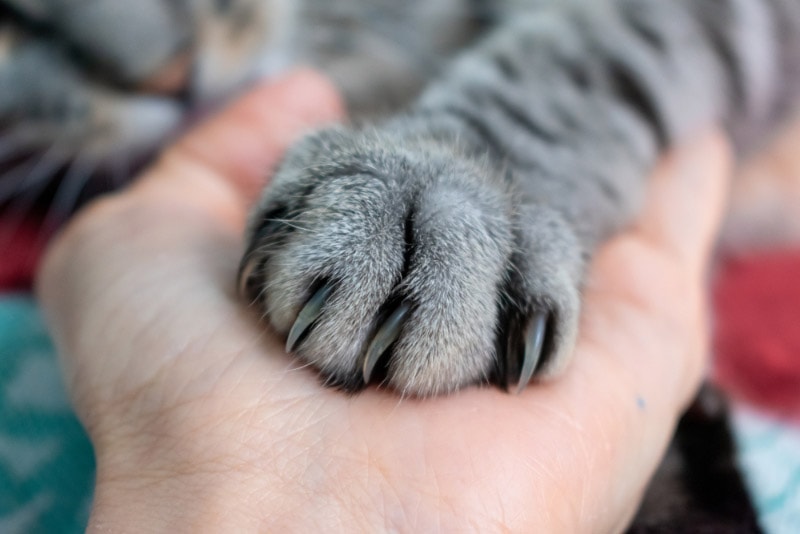
When is This Procedure Required?
Declawing is a procedure that should only be performed by a trained veterinary professional if there is a clear health indication for it. In many countries around the world, and in many cities and states across the U.S., it is illegal to perform this procedure as a means of preventing natural cat scratching behavior. It is also not justified or ethical from the perspective of animal welfare to remove cats’ last knuckles and claws.
Declawing is an invasive procedure and removes crucial parts of feline anatomy. This procedure is only justified in cases of claw or toe tumors, degloving injuries, or excessive wounds, where amputation of a part of the toe may be the only method of treatment.
Are There Potential Side Effects?
Yes, as with any surgery or general anesthetic. Because the surgery requires cats to be anesthetized, the procedure comes with possible health risks that will depend on the individual animal and their health or underlying conditions. If your cat requires this procedure on one of their toes due to a tumor or a large non-healing wound, your vet will discuss all the potential risks and concerns with you. There are possible postoperative complications as well such as wound bleeding, delayed or inadequate healing, wound breakdown, infection, pain, and others.
Although the pain and inflammation associated with the surgery usually resolves after 10-14 days, some cats may develop chronic or even neuropathic pain that will impact their everyday quality of life. Behavioral changes such as increased aggression may also be observed in some cats.
Declawing is illegal in many countries around the world, such as Australia, Brazil, and large parts of the European Union. Many veterinarians and veterinary hospitals in the US won’t perform the procedure on an elective basis. It’s outlawed in New York and Maryland and in cities such as San Francisco, Los Angeles, Denver, and Madison. More and more cities and states are raising awareness and educating pet owners on the harmful effects declawing has on cats. The focus is now on environmental enrichment and ways to effectively manage cat scratching behavior safely and appropriately, with animal welfare in mind.
Animal welfare organizations such as the Humane Society of the United States (HSUS) and the American Society for the Prevention of Cruelty to Animals (ASPCA) oppose the practice under all but the most exceptional circumstances.
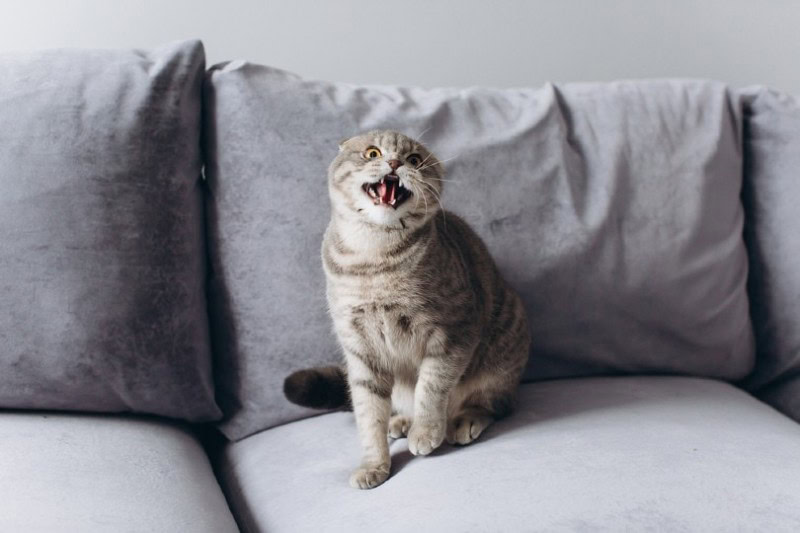
Why Is the Practice Controversial?
Pain and the negative impact the lack of claws and last digits has on feline behavior are the two most commonly cited reasons for opposition to the procedure. Opponents argue that elective declawing is an incredibly painful surgery involving the amputation of digits that has no health benefits for cats, comes with the potential for serious complications, and is essentially done for human convenience.
In addition, there are concerns about the alterations the surgery has on behavior. Scratching is an incredibly important part of being a cat; even big cats like lions enjoy stretching their bodies and giving their claws a workout.
Cats scratch for various reasons; it helps keep their paws fit and nails in top shape. It also leaves behind pheromones to mark their territory, creates a scent that provides comfort and safety, and removes dead nails to make room for new ones.
Because these activities are fundamental to how cats understand and navigate the world, opponents of the practice see declawing as altering core behaviors essential for cats’ health and well-being.
Frequently Asked Questions (FAQ)
How Many Toes Do Cats Have?
Cats have 18 toes, five on their front paws and four on the back, but some cats have more. Polydactyl cats have more toes than this. The condition most often impacts their front paws. Polydactyl cats can have a few extra toes, and the Guinness record holder, Jake, has 10 extra fingers and toes, totaling 28.
Does Scratching Sharpen Cats’ Claws?
Scratching helps keep cats’ claws sharp by removing the outer layer of the nail. Trimming the nails often helps minimize some of the sharpness.
My Cat Won’t Let Me Trim Their Nails; What Should I Do?
Reach out to your veterinarian to get help. Simply watching a vet or assistant clip your cat’s nails once can make it much easier to take care of it yourself next time. Professional groomers also provide the service. Using tasty treats and rewards as part of positive reinforcement training will help teach your cat that trimming their nails does not hurt, takes only a few minutes, and doesn’t need to be stressful or scary. Starting with even one nail a day will gradually accustom your cat to the process. Eventually, you’ll be able to clip the nails quickly with your cat enjoying the fuss and treats, or at least tolerating it.
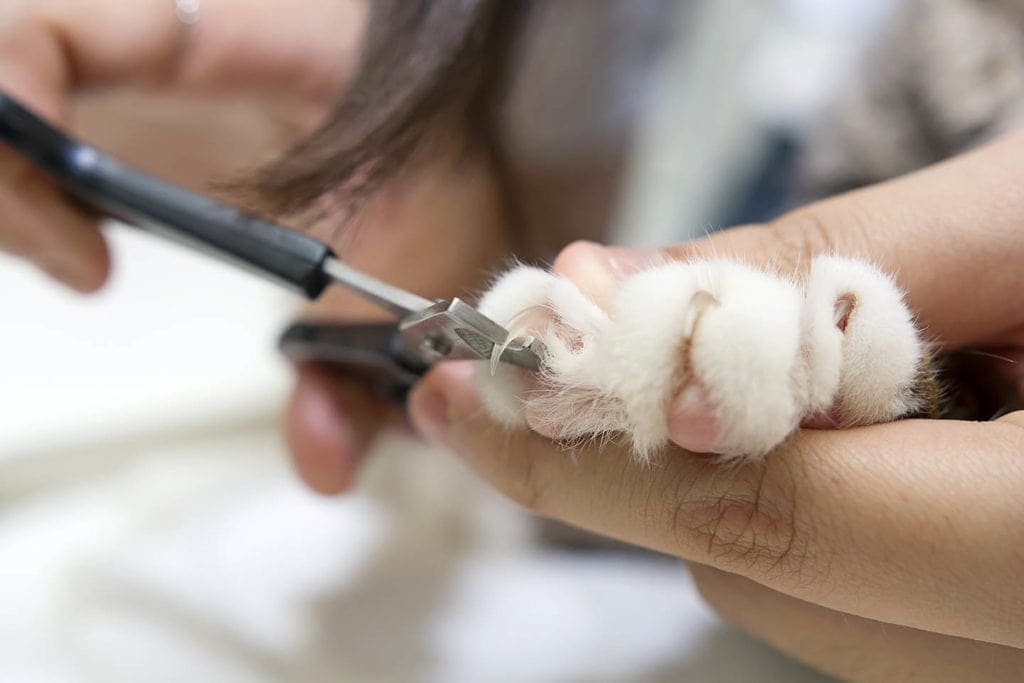
Conclusion
Cats’ claws grow back relatively quickly when clipped. Some indoor cats need to have their nails clipped every 4 or 5 weeks to ensure they don’t become too long and catch on furniture or your clothes, causing pain to your cat or even injuries to the claws and paws if they get stuck, or start to create problems like ingrown claws in older cats. When cats are declawed, the last bones of their toes, which hold their nail beds and claws, are amputated, and the claws cannot grow back. The surgery is deemed very harmful for animal health and ongoing welfare by veterinary professionals and reputable animal welfare organizations. It is no longer performed by many veterinarians. It’s illegal in a few countries and has been prohibited in Maryland, New York, and a few cities in the United States. Providing sufficient scratching posts and keeping your cat’s nails trimmed can keep them at a healthy length and prevent any unnecessary marks on your furniture.
See also:
- How Do Cat Claws Retract? Vet-Reviewed Cat Anatomy
- Litter for Declawed Cats: Vet-Approved Facts & Safety Guide
Featured Image Credit: Lubava, Shutterstock


